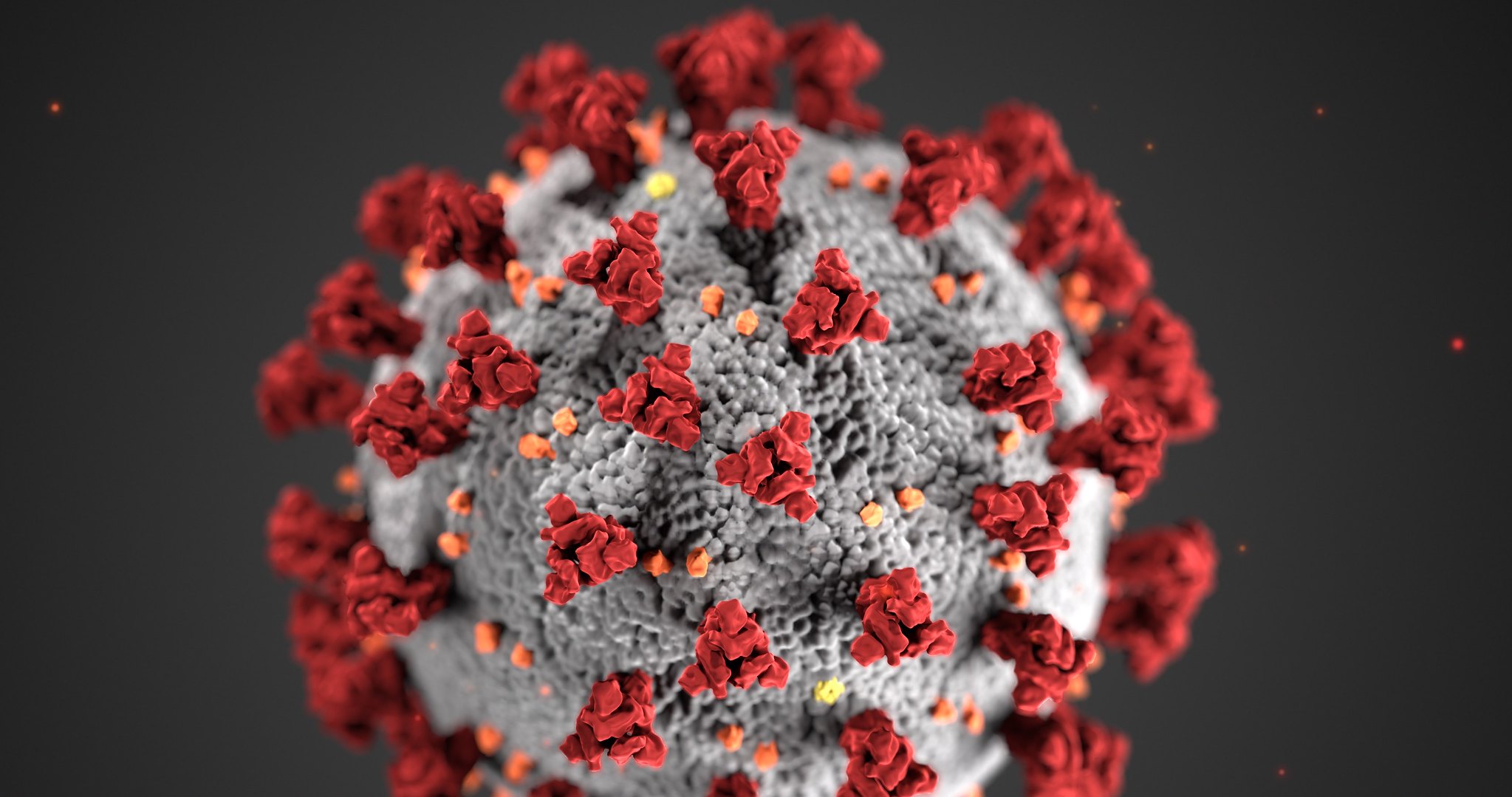Why Are Coronavirus Cases in United States Surging as Deaths Continue to Decline?

Coronavirus cases are spiking in 20 states within the United States, causing the country’s total seven-day average of cases to reach new records.
Dramatic surges are happening in Arizona, California, Florida, and Texas. But despite the rise in cases, deaths across the country are still declining from the peak of April, where the daily recorded toll was often over 2,000. This can partly be attributed to the fall in both coronavirus cases and deaths in New York, the former epicenter of the virus. But that does not explain why states with increasing cases are not seeing a commensurate increase in fatalities.
Deaths generally lag behind cases, as the virus takes up to five weeks to kill an individual once they are infected. But the surge in cases in many of these states has lasted long enough for the death toll to catch up. And an InsideSources analysis from Our World in Data found that deaths have fallen more drastically in recent weeks than expected, when considering the rise in cases.
Arizona, cited as a state experiencing the worst of recent surges, saw roughly 4,000 new cases on June 28, according to the New York Times tracker, but only 13 new deaths. The same trend was present in the other states currently facing coronavirus spikes. In California, there were more than 7,000 new cases on June 29 with only 42 deaths; Florida saw more than 5,o00 cases with almost 30 deaths; and Texas reported close to 6,500 cases with only 23 new deaths.
Compare that to New York on April 7: 8,314 new cases, 1,036 deaths.
One theory is that because more younger people are testing positive for coronavirus, less of the infected are dying. Because the Covid-19 mortality rate drastically increases for people over 60 — and those who are immunocompromised — the increase of infections in younger people does not amount to as dramatic a surge in the mortality rate.
Roughly half of the new cases in California are in people under the age of 34, reports Lisa Krieger in The Mercury News. In Florida, a higher number of people 18 years and under have begun testing positive, doubling the rate of positive tests in younger residents. Texas’ surge in cases is also linked to residents in their 20s, according to Gov. Greg Abbott.
Abbott suggested young people in particular are not taking the virus seriously enough during a coronavirus briefing two weeks ago. He said “certain counties where a majority of the people who are testing positive… are under the age of 30, and this typically results from people going to bar-type settings.”
The age group breakdown of new infections has also changed in Arizona, according to Dr. Sarah Scott, a medical epidemiologist at the Maricopa County Department of Public Health.
“We think that the most likely reason for this change is that younger people are being exposed more to COVID-19, whether that’s them needing to leave the home to go to work or to school or out in public, just generally having more contacts and being exposed to more people, increasing your risk for COVID-19,” she said. “They’re more likely to be exposed and getting COVID-19 at a higher proportion than the older age groups.”
President Donald Trump has also attributed the rise in coronavirus cases to the increase in testing in the U.S. His argument has been widely challenged, and does not account for why cases are rising in certain states while dropping in others. But expanded testing does help to explain why cases are surging while deaths continue to decline. Because tests are now widely available, even those who are not showing any symptoms have access to tests, causing a spike in positive results in those who are less at risk.
Another theory for why fewer people are dying of the coronavirus while cases continue to rise is that there are more clinical trials testing treatments that seem to work. Dexamethasone, an anti-inflammatory drug, appears to reduce death in patients with severe respiratory issues, while an osteoporosis drug is also showing promise.





Comments
↓ Scroll down for comments ↓